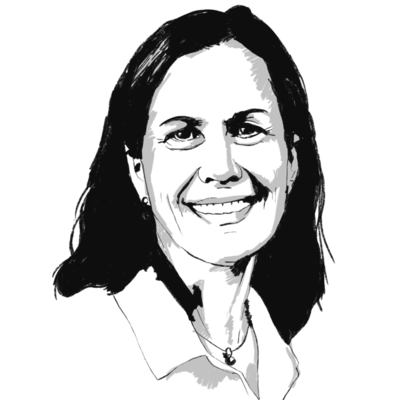Monitor Daily Intro for June 6, 2018
What does it mean to restore heritage?
When the “” exhibit opened Tuesday at the Chachalu Tribal Museum and Cultural Center, it represented a special kind of homecoming. Oregon’s Confederated Tribes of the Grand Ronde were proud of the museum they built just four years ago and further enhanced last month. But what resonated most were the show’s 16 objects and the journey that brought them to Grand Ronde.В
Their presence is the result of a patient campaign to repatriate tribal artifacts collected in the 1870s by Robert W. Summers, two decades after the United States forced members of some 30 tribes onto a reservation. The Episcopal minister bought them from impoverished tribal members to preserve their heritage. He later sold them to a friend, who ultimately gave them to the British Museum.
Three decades ago, the tribe reached out across the Atlantic. US law governing the return of such objects didn’t apply, and the tribe didn’t have proper storage facilities. But tribe members and museum officials started talking. This week, they shared the satisfaction of unveiling an exhibit, on loan for now, that speaks powerfully to the tribe’s sense of resilience, history, and home.
"It's a real privilege to be a part of this, where this material heritage is coming back to this community," the museum’s Amber Lincoln told The Associated Press. В
Cheryle Kennedy, the tribe’s chairwoman, said she was hopeful. "The healing of our people is happening."
Now to our five stories, which underscore the need for patience and dexterity as tough political and diplomatic tests loom.




